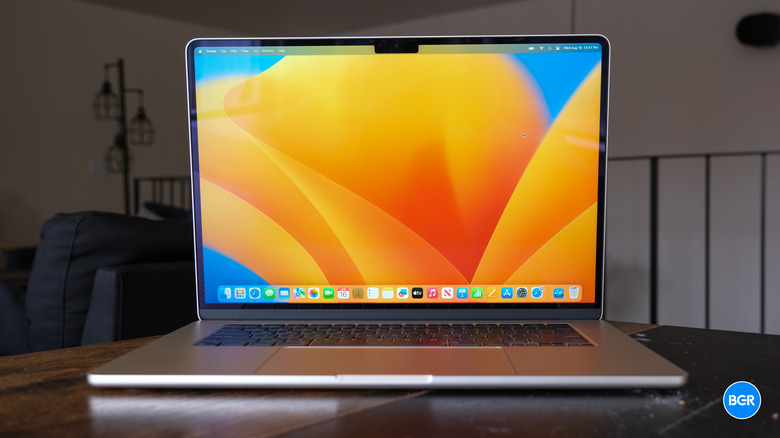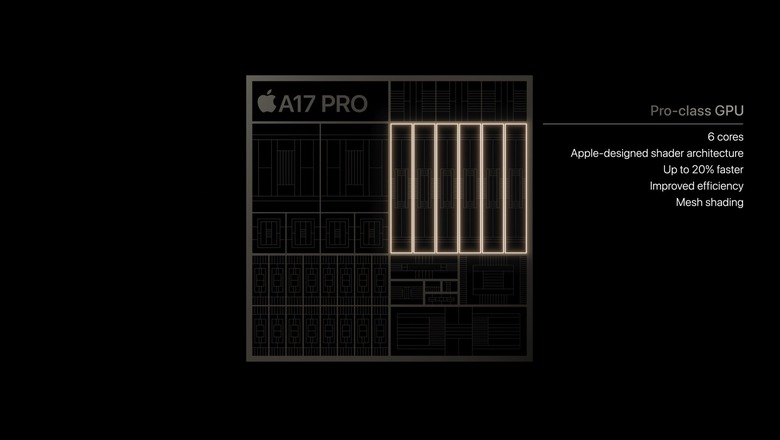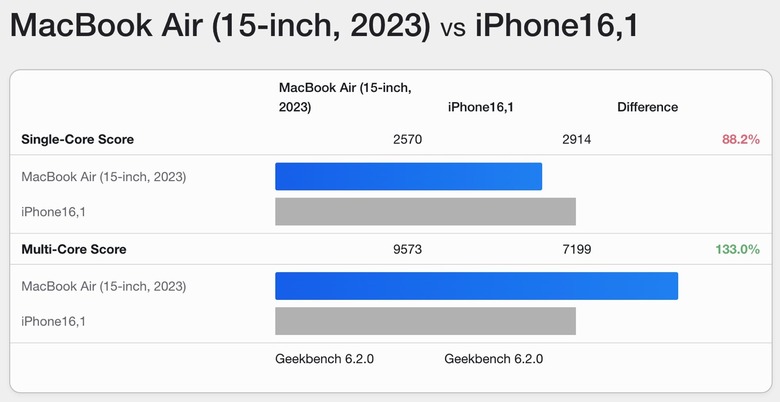Forget The iPhone 15 Pro - The M3 MacBook Air Is Apple's Real Gaming Machine
The iPhone 15 is here, and it brings with it all the specs and features we expected from the 2023 iPhones. But Apple did sneak in a few exciting surprises during the iPhone keynote last week, like the A17 Pro chip powering the iPhone 15 Pro and 15 Pro Max — its first mobile chip worthy of the "Pro" name. Apple also made a big deal about gaming on the iPhone 15 Pro and 15 Pro Max, which can support console-quality titles, in theory.
In practice, I explained that Apple has a long way to go before the iPhone can compete with the PS5, Xbox, or Nintendo Switch. And it has nothing to do with the hardware, which is superior to anything else available from the competition. Apple might have to win over developers, some of whom are already unhappy with the way digital stores work.
But the impressive A17 Pro made me realize we've only seen half of the story that Apple is telling. The M3 System-on-Chip that will power Apple's first round of MacBook Air, Pro, and iPad Pro refreshes will turn these machines into even better gaming rigs than the iPhone 15 Pro.
iPhone 15 Pro gaming and efficiency
The iPhone 15 Pro and 15 Pro Max can outperform the M2 MacBook Air and M2 Pro/Max MacBook Pro in single-core benchmark tests, which is incredible. I said only a couple of years ago that it'll be a matter of time until Apple puts an M1-equivalent SoC inside the iPhone. Apple has already delivered that and more.
However, the A17 Pro is a chip that has to run within energy efficiency constraints much more severe than those of MacBooks. It might be more efficient, as it's the only 3nm chip in the industry, but there's only so much space inside for the battery. Apple didn't increase battery estimates for the iPhone 15 Pros despite making them slightly thicker.
Also, Apple has to ensure the iPhone 15 Pros do not overheat while delivering this massive, sustained GPU performance.
Apple insisted on efficiency gains during the A17 Pro presentation last week, even when discussing its 6-core GPU, which is the A17 Pro's groundbreaking upgrade. This is the new SoC's biggest feature, which can support ray tracing in mobile games. Even when detailing the A17 Pro GPU, Apple highlights the energy efficiency of the new graphics card.
The GPU is 20% more efficient, Apple says. Furthermore, Apple uses the 6-core GPU and 16-core Neural Engine:
A17 Pro is more energy efficient and can run up to four times faster when compared with software-based ray tracing on A16 Bionic. Gaming is further improved with new software features, including MetalFX Upscaling, which combines the performance of the GPU and Neural Engine to enable high-quality graphics while using much less power. With the fastest chip ever on any smartphone, we are excited for iPhone 15 Pro to change mobile gaming.
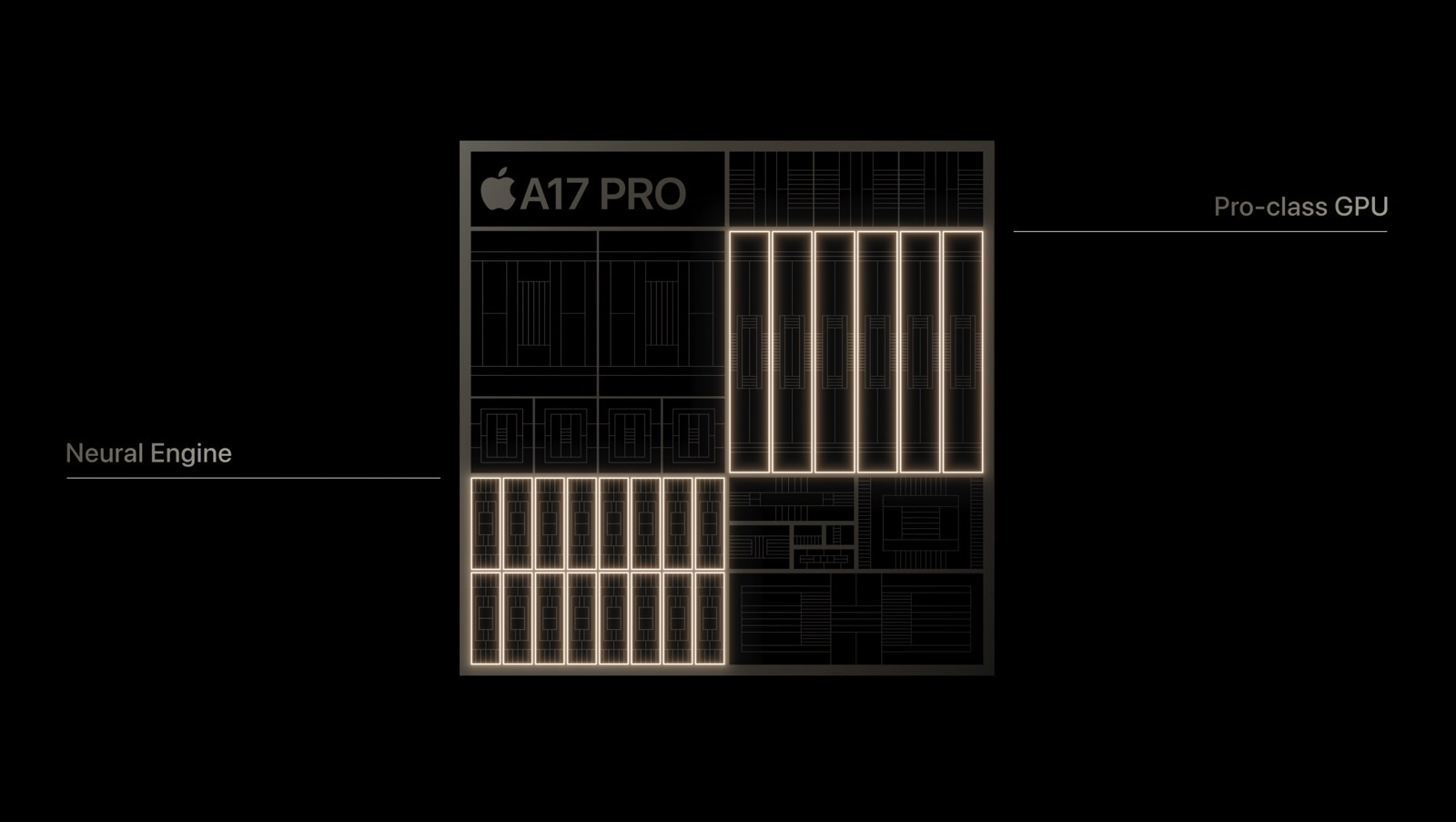
The M3 MacBook Air will be a different beast
With the M3 SoC, Apple will not operate within the same energy and thermal constraints. But I expect the M3 to feature the same GPU innovations as the A17 Pro. After all, the two chips come from the same Apple SoC design teams and are both built on TSMC's new 3nm process.
Therefore, I'd expect the MacBook Air's GPU performance to be even better than the iPhone 15 Pro. Apple's most affordable computer would also become a tremendous gaming rig. Even better than the current MacBook Air, which features a 10-core GPU. And let's not forget that Apple made a big deal about gaming on M2 Macs at WWDC 2023 earlier this year.
Yes, Apple will also worry about efficiency and heat on the M3 MacBook Airs. But it'll have a lot more freedom to push the envelope.
The base M3 chip will also power the next-gen 13-inch MacBook Pro, Mac mini, and next-gen iMac. The 2024 iPad Pros will also run on M3 chip versions. These will also be just as good as playing games as the M3 MacBook Air. I'm focusing on the latter as this is Apple's best-selling computer. And the laptop everyone else in the PC industry tries to beat.
Apple will then release the M3 Pro and M3 Max chips via its 2024 MacBook Pro refresh. These will feature even better capabilities than the M3 MacBook Air models. After all, these Macs come with the best possible GPUs and active cooling.
I'll also point out another reason gaming on the M3 Macs might be even more exciting. It has to do with what I said in my earlier piece about the problem with gaming on iPhone 15 Pros.
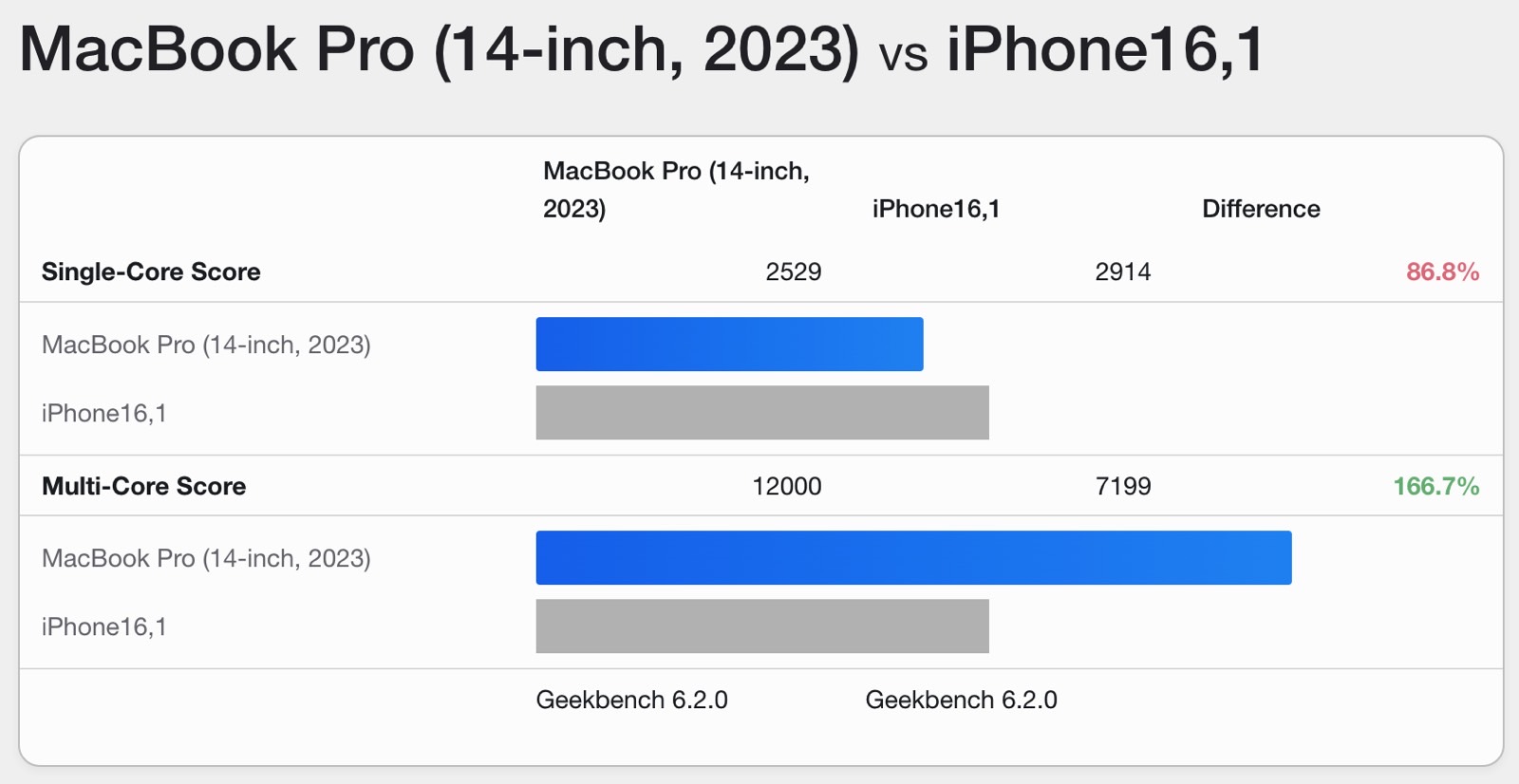
Gamers can play a lot more console-grade titles on Macs than the iPhone 15 Pros because you can install pretty much whatever app you want on Macs. As long as developers support the hardware of the new Macs, that is. But developers can make these games available on the Mac without also worrying about the App Store rules.
That said, we have no idea when the M3 chips are coming. Initial rumors said it might happen in October. But that doesn't seem to be the case. Apple could unveil the M3 chip only next year to give the M2 15-inch MacBook Air more time between product refreshes. It'll then be easier to upgrade multiple Macs with M3 chips as long as Apple can manufacture enough 3nm SoC stock for its computers.
